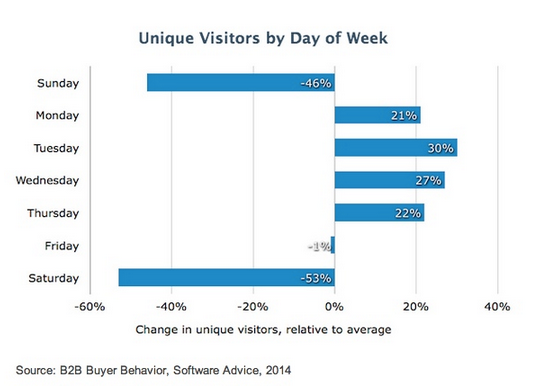The (Mighty) Future of Selfies
When you think a “selfie” is nothing but a “selfie” (meaning a photo of yourself), then you are still living in the past. The future of the selfie is already here – in various forms. You just need to know where to find the next evolution step, how to make it, and see who can assist your efforts. And even if you want to take it to extremes. There are all sorts of selfies ahead.
Although, I have to admit I have taken some selfies lately, I had decided to leave it from now as of bad (or mad) output. However, maybe I just need to go to the DELL Center for Selfie Improvement. No joke! Well. Maybe.
Dell is always good at jumping on the latest trends in the world of social and sharing. Their new “Center for Selfie Improvement” is meant to help people optimize (if not perfect) the art of the selfie. People shall be trained using different techniques handed down from the very original selfie taker. How this works is explained in this video and on their Tumblr website.
Some people might say “selfies” are just for people with mega egos. Now, if you are a person of that sort, this winning Cannes Lions Innovation Grand Prix might make you happy. It’s a mega Kinetic installation which enabled people to create massive 3D selfies. The installation can transform in three dimensions. It recreate a selfie face from visitors to Khan’s pavilion. The Khan’s building was a 2,000 m2 cube placed in the Olympic Park in Sochi during the 2014 Olympic Games.
MegaFaces: Kinetic Facade Shows Giant 3D ‘Selfies’ from iart on Vimeo.
And if you are living in Sweden or Australia, you might not even want to use the release button from your camera or your smartphone any more for your selfie. Just get the latest app from the guys at Crunchfish then. With their GoCam app (just Apple yet) you can take a selfie with their touchless-A3D-software. Simply raise your hand to “push” the release button.
The future of the “selfie” is weird, unimportant and funny. Well, it just reflects the nature of a selfie, right?








 This is one of those secrets that is discussed in every single seminar we do: How does Google rank websites? Why does my website not rank higher than my competitors? What could be the best SEO strategy so that Google ranks us under the first three results?
This is one of those secrets that is discussed in every single seminar we do: How does Google rank websites? Why does my website not rank higher than my competitors? What could be the best SEO strategy so that Google ranks us under the first three results?







